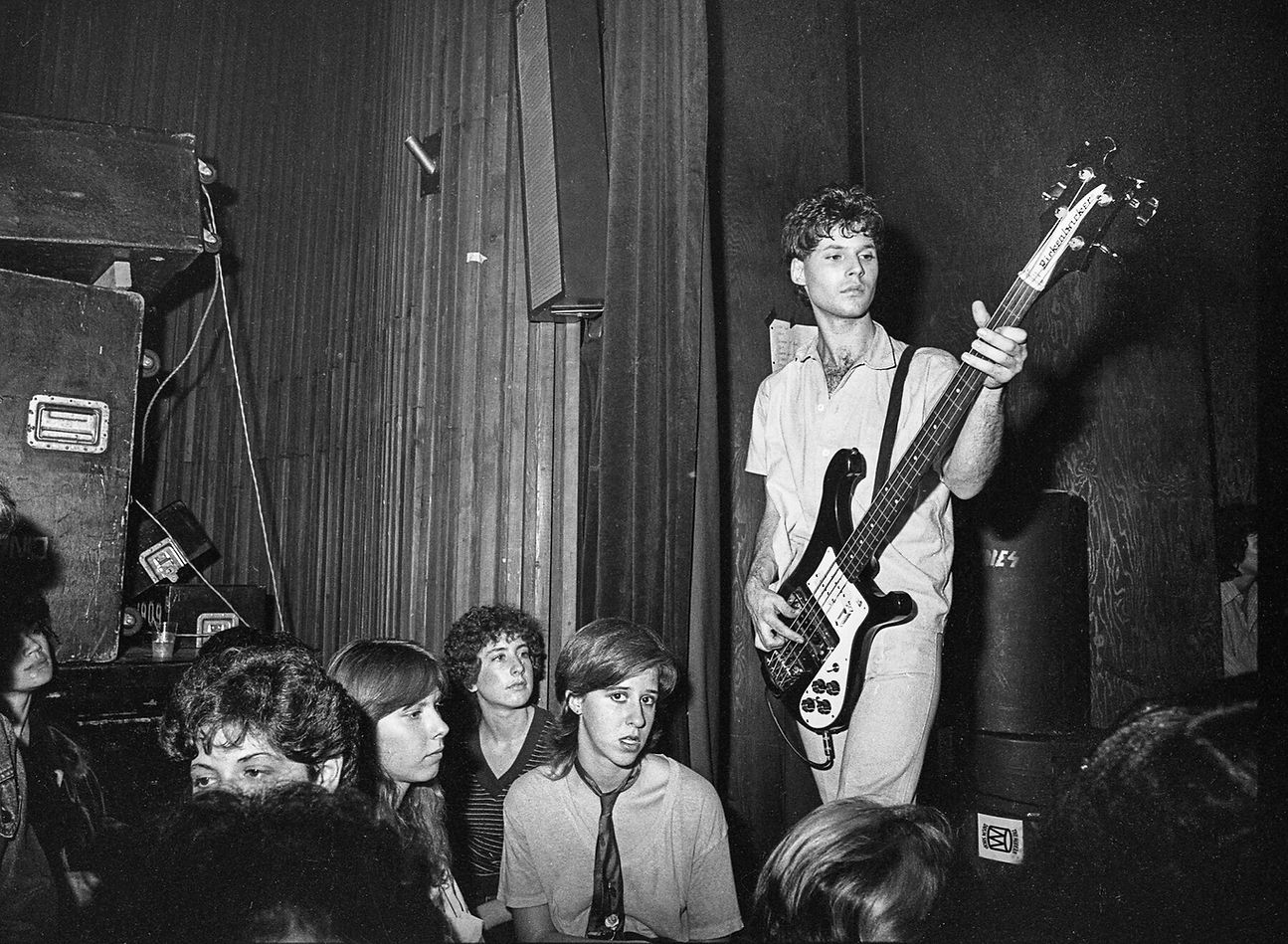By: Vivona Xu
During the late 70s, teens in New York City would rush to nightclubs when the sun set and jam out in bands. Teen Punk was a common genre of music during the 70s that inspired hundreds of teens to achieve their musical dreams.
Teen punks, almost all under 18, came from Stuyvesant High School, High School of Performing Art, or others. Some were drop-outs, runaways, from the suburbs, or participated in academics and their bands.
They would all spend their nights creating their own rock scenes by playing aggressive, witty, and intense pop and punk for fellow students in places like CBGB, Max’s Kansas City, Hurrah and TR3.
Though all teen punk bands were unique, they all revolved around a love for big choruses, and flashy and colorful clothes.
Kate Schellenbach, a ninth grader at Stuyvesant in 1979, watched a teen band called the Student Teachers at the CBGB music club and it changed her life forever.
“I remember going into the girls’ bathroom,” Schellenbach said cheerfully, speaking via video chat with The New York Times, “and this girl, Nancy Hall, who was the coolest, was sitting on the sink.”
Hall suggested to Schellenbach that she should watch the Student Teachers who were playing later that week. The teen band included a female rhythm section featuring some kids from Friends Seminary and Mamaroneck High School.
“If I hadn’t seen the Student Teachers that fateful night, I might never have been a drummer,” said Schellenbach, who helped found the Beastie Boys in 1981 and went on to form Luscious Jackson. “Seeing Laura Davis play drums, seeing Lori Reese play bass and how exciting the whole scene was, everything about it made me think, ‘Oh, maybe this is something I can do,’” she added. “These people were still in high school — it seemed attainable.”
Jill Cunniff, a scene patron who later founded Luscious Jackson with Schellenbach and Gabby Glaser, said the city seemed like a nonstop event. “Night was freedom,” she said, “and it felt like we were really safe. If you were a parent, you might think the opposite — those kids are going out to nightclubs, they are only 13, that’s so dangerous. No. My daytime at I.S. 70 was really dangerous,” she remarked, referring to her public middle school. “My nighttime was safe.”
Teenagers were able to keep attending clubs because most downtown music venues did not regularly check ID’s. They only loosely enforced age-based alcohol restrictions. Many club owners welcomed the new wave of teenagers eager to discover music.
“Kids, generally, like to drink,” said Peter Crowley, owner of the CBGB nightclub. “But we tried our best to make sure people were safe — though I did wear a badge that said, ‘I am not your mother.’”
Though nightclubs might not have been the safest place for teenagers to be, the teenagers’ musical experiences at clubs carried on with them through life.
“It made me unafraid,” Eli Attie, who became a writer and producer on “The West Wing” and “Billions”, said of the scene. “It made me realize your life can be anything you want. If you want to know these people, if you want to experience this music, even if it seems out of reach or not allowed, you can just do it. You can write your own story.”
Sources:
The History and Evolution of Punk Rock Music (liveabout.com)
The Stories of Teen Punks That Ruled New York In the Late ’70s – The New York Times (nytimes.com)











